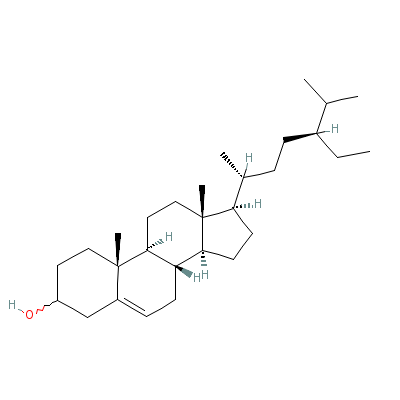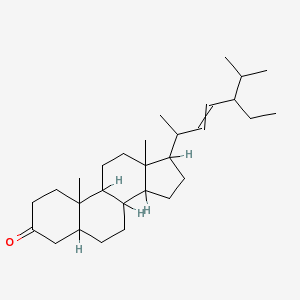Xanthium strumarium Linn. |
| |
|
|
Botanical Name |
: |
Xanthium strumarium Linn. |
English
Name |
: |
Cocklebur |
Synonym(s) |
: |
Xanthium pensylvanicum Wallr., Xanthium pungens Wallr. |
Family |
: |
Asteraceae |
| |
General Info
| Description |
 |
|
A coarse, unarmed annual, up to 1.5 m tall. Leaves triangular-cordate or sub-orbicular, often three-lobed, irregularly toothed, cuneate at the apex, scabrid or hispid; flower-heads numerous, white or green, in terminal and axillary racemes; male heads uppermost, globose, florets numerous, involucral bracts few, short, narrow, in one series; female heads ovoid, outer involucral bracts few, short, inner many, united, covered with hooked bristles, terminating in two strong, hooked beaks; flowers 2, pappus and corolla none; achenes obovoid, enclosed in the hardened involucre. |
| Herb Effects |
 |
|
Antiepileptic, sedative, laxative, diaphoretic, emollient, diuretic, sedative and antibilious (plant); antiinflammatory, antitumor and hypothermic (root); astringent, alterative, antisyphilitic and diuretic (leaves) |
Chemistry
| Active Ingredients |
 |
|
Sesquiterpene lactones (leaf); n-heptacosanol, beta-sitosterol and stigmasterol (root). |
| Chemistry
of Active Ingredients |
 |
|
|
 |
Name |
CAS# |
IUPAC Name |
Formula |
Structure |
 |
|
| beta-Sitosterol |
5779-62-4 |
17-(5-ethyl-6-methyl
-heptan-2-yl)-10,13-
dimethyl-2,3,4,7,8,9
,11,12,14,
15,16,17
-dodecahydro-1H-cycl
openta[a]phenanthren
-3-ol |
C29H50O |

|
| Stigmasterol |
4736-55-4 |
17-(4-ethyl-1,5-dime
thyl-hex-2-enyl)-10,
13-dimethyl-1,2,4,5,
6,7,8,9,10
,11,12,1
3,14,15,16,17-hexade
cahydrocyclopenta[a]
phenanthren-3-one |
C29H48O |

|
|
Pharmacology
| Medicinal Use |
 |
|
In leucoderma, epilepsy, in chronic malaria, leucorrhoea and urinary diseases (plant); in smallpox, in cancer and scrofula (root); on ulcers, boils and abscesses (root extract); in the treatment of rheumatism, diseased kidneys and tuberculosis (plant infusion); allergic rhinitis, sinusitis, catarrh, rheumatism, rheumatoid arthritis, constipation, diarrhoea, lumbago, leprosy and pruritis (fruits) |
| Contraindication |
 |
|
Uterine vasoconstrictor, more than 6-8 burrs a day can cause potential placental separation. |
| Reference |
 |
|
 Chandel et al., Biodiversity in Medicinal and Aromatic Plants in India. Chandel et al., Biodiversity in Medicinal and Aromatic Plants in India.
Uniyal et al., Medicinal Flora of Garhwal Himalayas.
Sharma, Classical Uses of Medicinal Plants. |
Dealers
Products
|
|